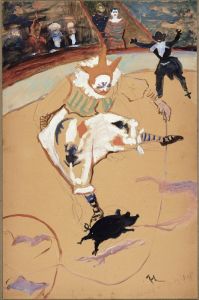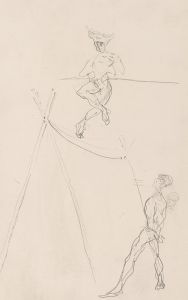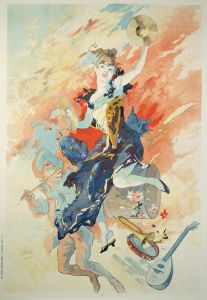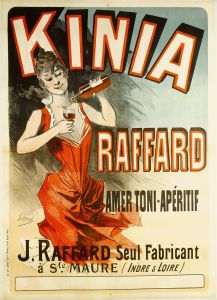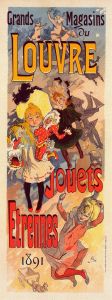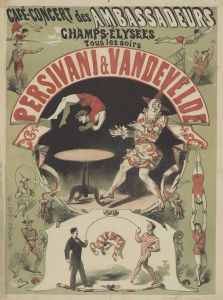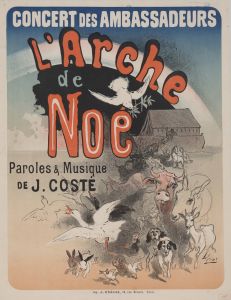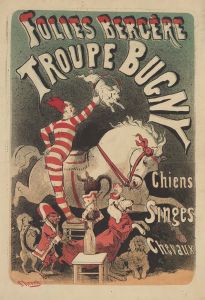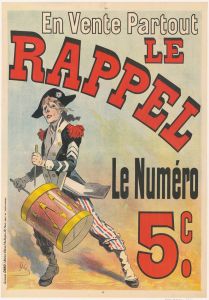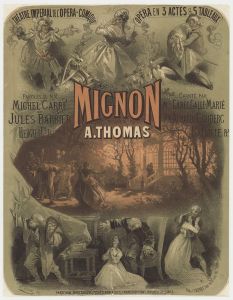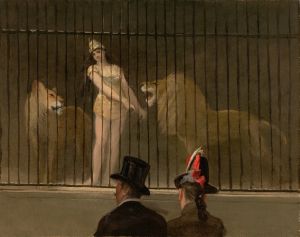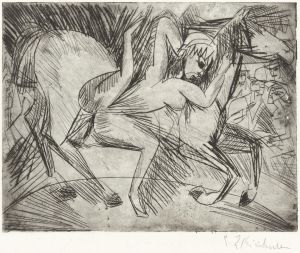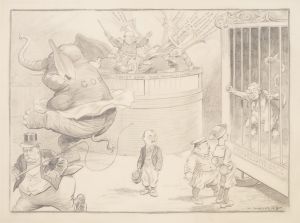
La danseuse de corde
A hand-painted replica of Jules Chéret’s masterpiece La danseuse de corde, meticulously crafted by professional artists to capture the true essence of the original. Each piece is created with museum-quality canvas and rare mineral pigments, carefully painted by experienced artists with delicate brushstrokes and rich, layered colors to perfectly recreate the texture of the original artwork. Unlike machine-printed reproductions, this hand-painted version brings the painting to life, infused with the artist’s emotions and skill in every stroke. Whether for personal collection or home decoration, it instantly elevates the artistic atmosphere of any space.
Jules Chéret, a pivotal figure in the development of poster art, created "La danseuse de corde" in the late 19th century. Known as the "father of the modern poster," Chéret revolutionized the art of lithography and played a significant role in transforming advertising into an art form. His work is characterized by vibrant colors, dynamic compositions, and a sense of movement, all of which are evident in "La danseuse de corde."
"La danseuse de corde," which translates to "The Tightrope Dancer," exemplifies Chéret's ability to capture the vivacity and excitement of performance art. The artwork features a female tightrope walker, a subject that reflects the era's fascination with circus and theatrical performances. Chéret's depiction of the dancer is both graceful and lively, capturing the essence of the Belle Époque period in France, a time known for its cultural flourishing and artistic innovation.
Chéret's posters were not merely advertisements but were considered works of art in their own right. He employed a technique that combined lithography with bold, expressive brushwork, allowing for a wide range of colors and tones. This method enabled him to produce posters that were not only eye-catching but also artistically sophisticated. "La danseuse de corde" is a testament to this technique, showcasing Chéret's skill in creating depth and movement through color and composition.
The subject matter of "La danseuse de corde" aligns with Chéret's frequent themes of joy, entertainment, and the celebration of life. His posters often featured lively scenes of Parisian nightlife, including cabarets, theaters, and circuses. The tightrope dancer, with her poised elegance and daring act, embodies the spirit of entertainment that Chéret sought to convey in his work.
Chéret's influence extended beyond his artistic contributions; he played a crucial role in elevating the status of posters as a legitimate art form. His work paved the way for future artists and designers, and his innovative approach to color and composition inspired a generation of artists, including those associated with the Art Nouveau movement. Chéret's posters were widely collected and displayed, and he was celebrated for his ability to bring art to the masses through the medium of advertising.
"La danseuse de corde" remains an important piece within Chéret's oeuvre, reflecting both the artistic and cultural zeitgeist of late 19th-century France. It serves as a reminder of the transformative power of art in everyday life and the enduring appeal of Chéret's vibrant, joyful imagery. Today, Chéret's work is recognized for its historical significance and artistic merit, with "La danseuse de corde" standing as a prime example of his contribution to the world of art and design.





